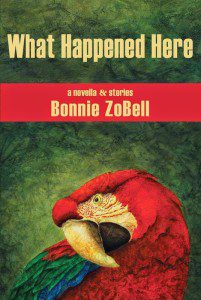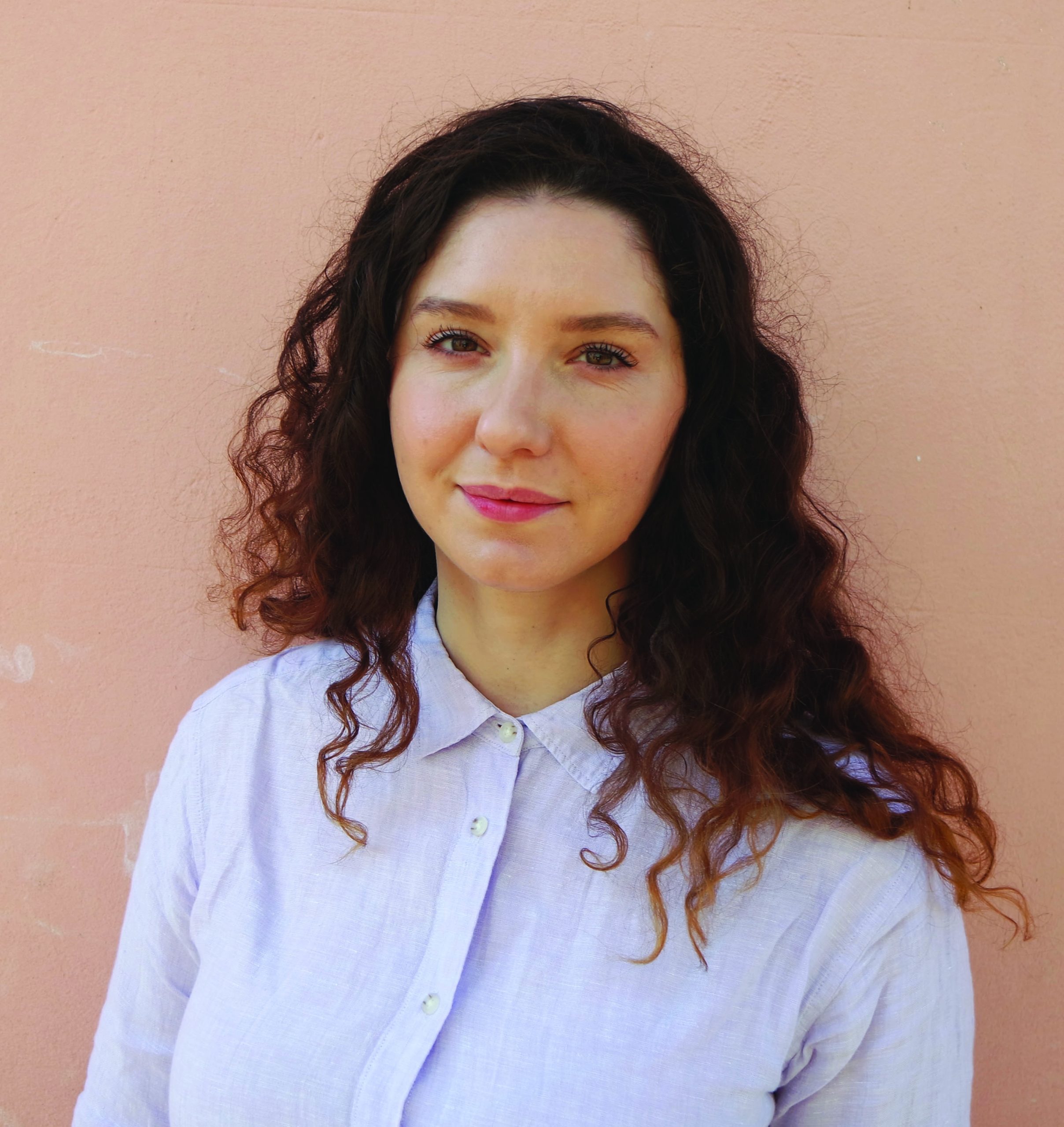The September 1978 collision and subsequent crash of Pacific Southwest Airlines flight 182 and a Cesena in the urban North Park area of San Diego still cast a large shadow over the neighborhood. The destruction and aftermath of the accident are the common threads that tie together the stories in Bonnie ZoBell’s excellent book, What Happened Here.
 The opening novella focuses on how John and Lenore, husband and wife, deal with John’s worsening depression and the party their neighbor, Archie, throws for the 30th anniversary of the horrific plane crash that in many ways still defines the neighborhood. With John’s depression beginning to spiral out of control, Archie’s party commences complete with photos from the disaster of bodies and burning houses. The various guests, who resurface in other stories throughout the book, disagree on how best to cope with the tragedy that hovers over the neighborhood. Some party guests suggest hiding from or burying related feeling is the best way to cope. Others argue that getting pissed off is the only way to incorporate the horror. Archie, the host, asks what good anger will do.
The opening novella focuses on how John and Lenore, husband and wife, deal with John’s worsening depression and the party their neighbor, Archie, throws for the 30th anniversary of the horrific plane crash that in many ways still defines the neighborhood. With John’s depression beginning to spiral out of control, Archie’s party commences complete with photos from the disaster of bodies and burning houses. The various guests, who resurface in other stories throughout the book, disagree on how best to cope with the tragedy that hovers over the neighborhood. Some party guests suggest hiding from or burying related feeling is the best way to cope. Others argue that getting pissed off is the only way to incorporate the horror. Archie, the host, asks what good anger will do.
John, however, is too enveloped in his depression to truly engage in the discussion. About a month after the party he begins taking walks around the neighborhood in an attempt to increase his endorphins. When he returns from his walks he invokes his image of the scene of the crash to describe his worsening depression:
“It’s like I can’t tell the difference between me and the outside world, like the same problems out on the street are going on inside of me. A spiraling vessel shrieks to the ground, the trees are burning, fruit sizzles on the branches. Hands are hanging from telephone poles – the smell, faces missing, the earth churning like an earthquake. I can’t tell if I’m awake or in a dream.”
Lenore details her efforts to help John navigate his depression and her poignant reflections on how it affects their marriage. Her various attempts to assist John include some help from their neighbor Archie. Speaking to John, Archie draws a parallel from the 30 year old crash to John’s condition:
“’Imagine our fences on fire.’ Archie orated loudly, ‘the blast shrieking into your house, coming to get you – fragments of humans waiting to be loaded onto those refrigerated vans. Some folks weren’t ready, couldn’t let go. You have to appease these spirits, man, so they’ll leave you be, or you’ll get stuck there with them.’”
Just as the physical and emotional impact of the crash of PSA flight 182 remains perched over the North Park neighborhood, so to do these events haunt John, Lenore, and Archie. John may not be depressed because of the disaster 30 years prior, but the weight of those events certainly shape the way he feels the world around him and the way those that love him see his struggle.
In fact, the crash and the questions of how to best process the emotions about it are a shadow in all of the short stories in ZoBell’s book. It is how the characters deal with the darkness that is cast and whether they decided to step out into the sunlight that makes each story so interesting.
The short stories that follow all faintly echo the same questions raised during the brief exchange at the party. The various characters first introduced at Archie’s party resurface and employ a variety of the strategies while navigating the challenges in their own lives. Each has their own drama, tragedy, or ghost and ZoBell does a masterful job of exploring how each set of coping strategies play out in various lives. The cast of characters, and their issues, is widely varied and includes Annie and her husband Willy dealing with his HIV positive status and a shoddy RV, Heather imagining a new relationship with Wally and an unexpected visitor in her car, Uncle Rempt who is in the crystals and oxygen business and Cat Man who still sees Viet Cong while roaming the streets to feed cats at night.
Archie’s party, and the question of how to make sense of the crash and indeed our lives, is best summed up several stories later by Edgar who lived in the neighborhood when the crash occurred. In a letter to his friend, and former resident Sam, he writes:
“The neighbors take out aerial photos that got took all those years ago, right after the crash, and think they can imagine, but they can’t. What do they know about friends and neighbors losing their homes in a second? Some of us are just plain cursed.”
We can know the facts of a life, but never fully know how anyone suffers the facts of those lives. What Happened Here offers a sharp lens on the habits and failures of memory and the attempts and limits of empathy. It’s a tremendously well-written take on trying to understand that which we can never know about what shapes a life, and in turn, the very work of being human.



